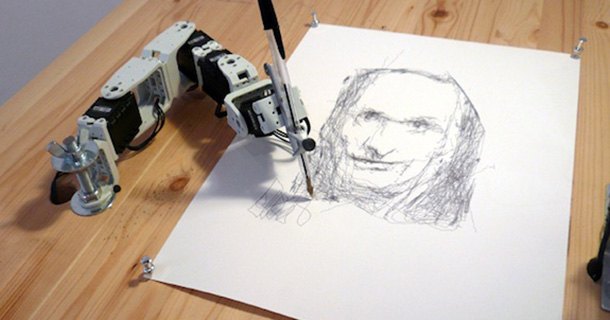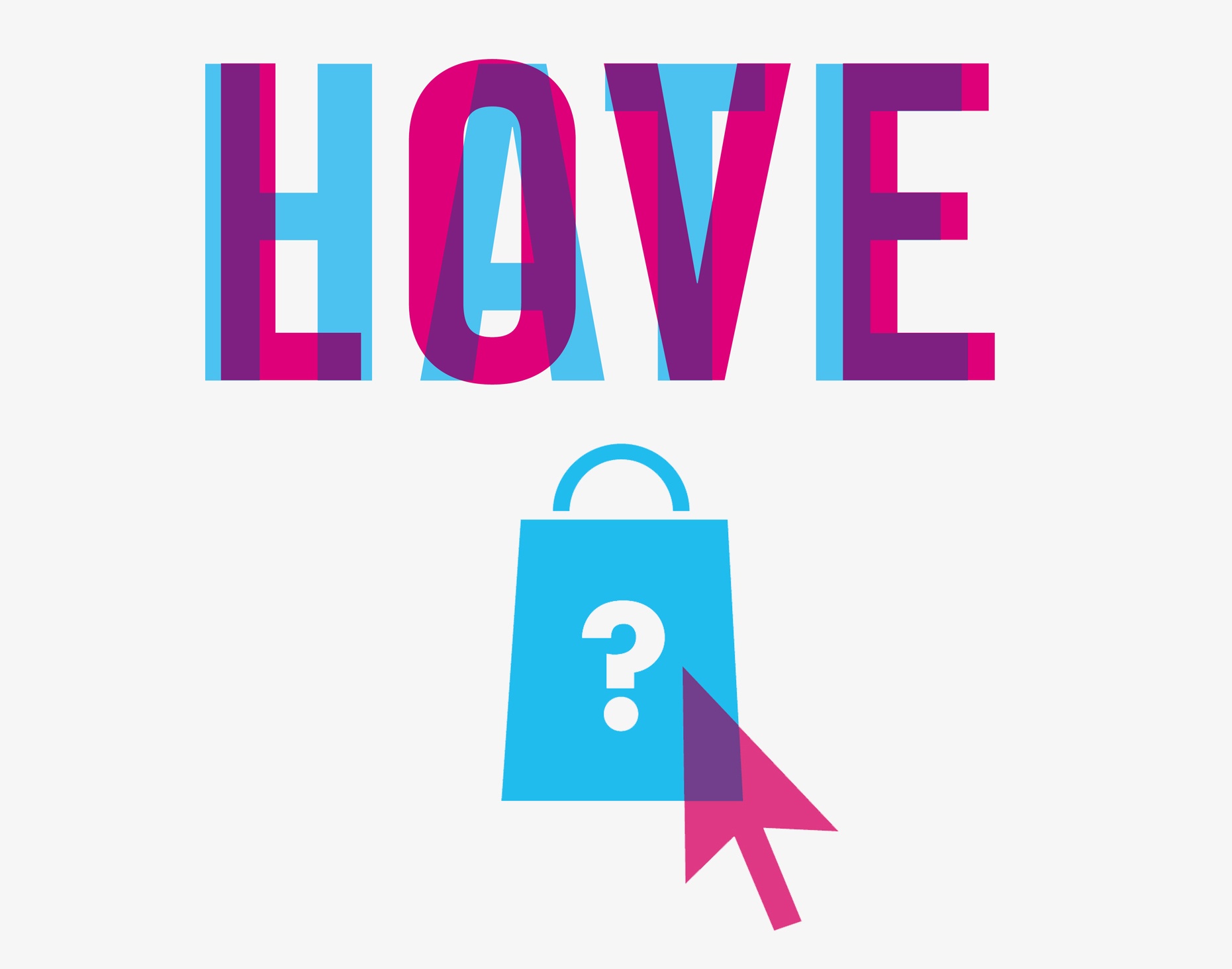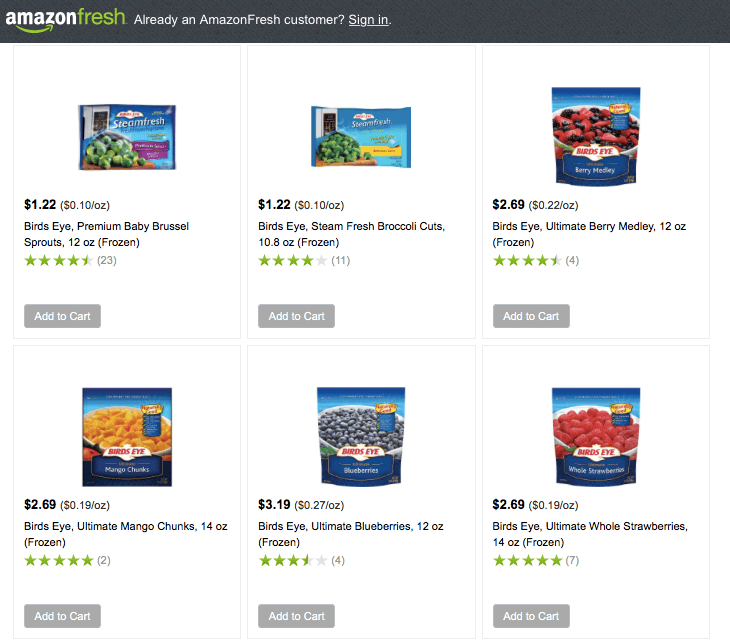Just how far will they move into marketing?
Amazon Go’s ‘Just Walk Out’ technology spells the end of supermarket checkout staff.[1] We’ve seen this coming for some time. Now, middle and higher income jobs are endangered, according to this weekend’s Sunday Times (still delivered in paper form by a human delivery person).[2]
At high risk from ‘robots’, amongst others, are insurance underwriters, accountants and auditors and at medium risk are judges and economists. Even dental hygienists are under threat.
When chess computers have to play each other because mere humans can no longer beat them, then, perhaps, there is some truth in robots replacing many jobs. Happily, for occupational therapists, surgeons and psychologists the report suggests they will see out their days unchallenged.
Marketing people do not appear to be threatened, because they have to make decisions that can’t be automated, but they are reliant on some services that could change dramatically over the next few years.
There’s little to suggest that procurement cannot be handled completely by robotics. Many RFIs are already handled online, what’s to stop all legal aspects of appointment being handled in the same way? Indeed, what’s to stop the auctioning of projects to a wide range of businesses that have already passed through online assessment? It will be just another step in the direction of dehumanising client/consultant relationships that were once based around trust and the simple shake of a hand.

Consumer research could spread its wings into far greater automation. Imagine a research programme that learns, just as chess computers do, more about consumers every time they interact. Being online, it has the ability to speak to a vast number of people, to understand the particular nuances of how they see things courtesy of their social status and where they live. Automation will be able to tell us far more about people than we could ever glean. Computers don’t get tired and they keep on learning.
For designers who ‘maintain’ brands, as many of the bigger agencies do, automation could be a massive threat. If you seamlessly join research and design robotics, automating ‘brand tweaking,’ you’ve suddenly wiped half the agencies in the world. Refining logos, ‘premiumising’ and adding ‘wine values’ are grunt work for which many businesses charge a fortune.
One of the benefits of this roboticised future will be that we get to see the real value of ideas. They are the bedrock of great advertising and design and have been undervalued for far too long, sacrificed on the altar of pragmatics and brand conservatism.
Author: Richard Williams
Reference sources:
[1] Amazon Go
[2] Sunday Times: Robots march on ‘safe’ jobs of middle class
Image sources:
– Brain image via simplified-analytics.blogspot.com
– Robotic image via reso-nance.org
For any press enquiries email press@wmhagency.com or call +44 (0) 20 3217 0000.
Unless otherwise cited, © copyright 2017 Williams Murray Hamm, all rights reserved.











